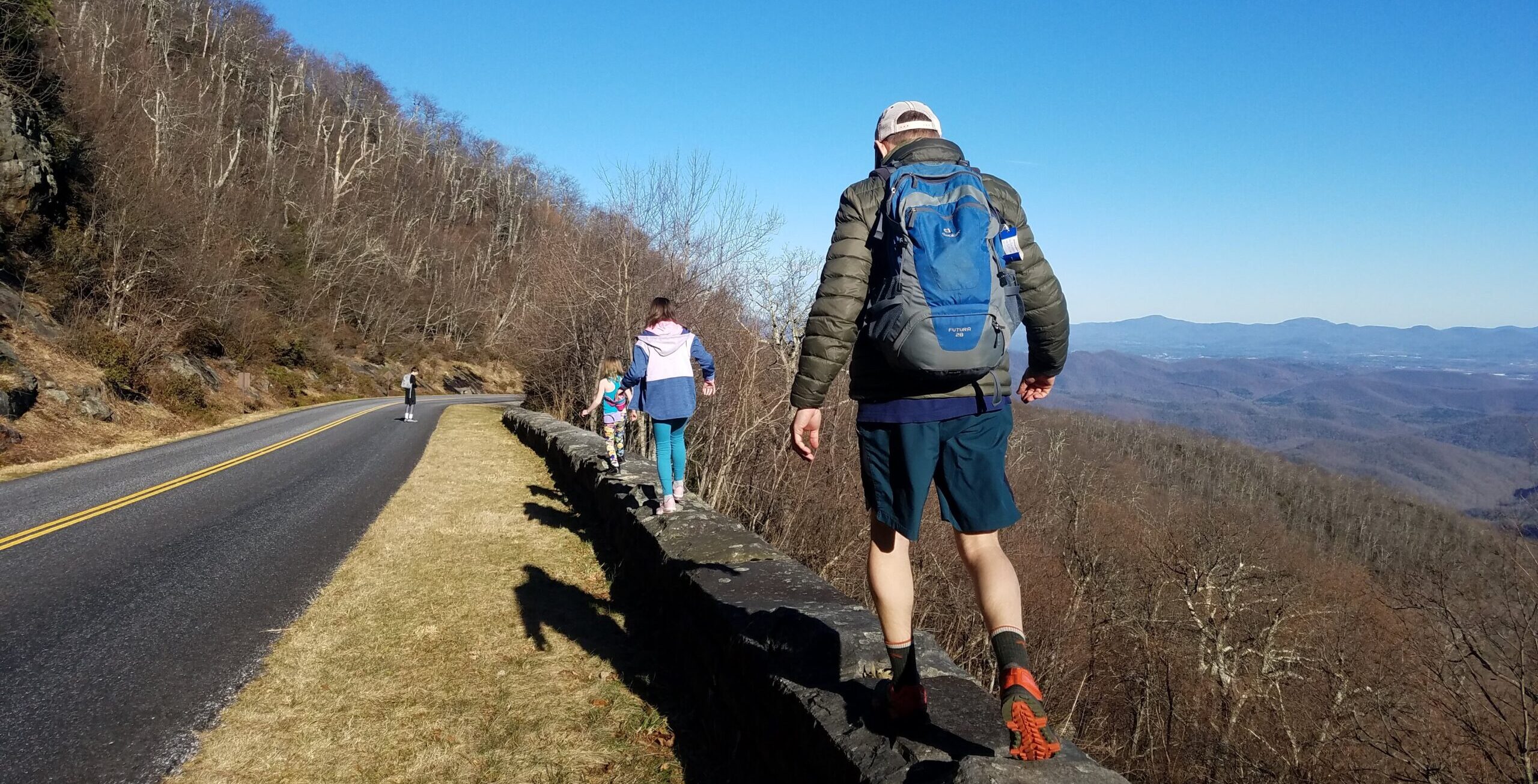Walking is one of the most underrated ways to become a better, faster runner. Here’s how you can run faster with walking.
There are a lot of new runners out there these days. Between more of us at home and fewer of us at the gym, more and more people are lacing up their shoes and getting a run in.
And many are discovering that as simple as running is, it’s not always easy. But there is something that can help:
Walking.

Even experienced runners can incorporate the run/walk method into your training whether you are coming back from injury or if you just need a little more recovery while boosting your aerobic system.
When I started running again in my twenties, I thought the best plan for being able to run for a long time would be to just run as far as I could and then stop and walk back. I had no idea what I was doing, hadn’t read a single thing on running, but figured that my idea would work well enough to build up from couch to half marathon in a single summer (hey, I’ve always liked big goals!). The runs did get longer and longer, but wow, I spent a lot of time out there! My strategy did end up working and I ran the half that fall, but there are probably better ways to incorporate a run/walk training plan that don’t take up half your day.
When implemented correctly, a run-walk program is an effective training method that can help you increase your fitness faster, recover from hard workouts quicker, and return from injury with less chance of relapse.
Let’s start with the obvious place to begin–beginners.
Beginners
The research says that aerobic development peaks between 30-90 minutes of exercise. You are building capillaries, increasing your plasma and blood volume, building up your heart and leg muscles and a whole lot more when you work out aerobically. But when you are just starting out, 30 minutes of running is far beyond most people’s fitness.
That’s when walking can take up the slack. You might start out with 5 minutes of brisk walking, then run for a few minutes, depending on your fitness level and repeat. Your actual time spent running might only tally up to ten or 15 minutes, but the time you are building your aerobic fitness is far longer, and hopefully pushes you into that 30-90 minute zone.
The Beauty of the Break
The walk breaks allow you to catch your breath, rest your legs a little, and stop the pounding that can be too much on your bones and tendons before they’ve had a chance to get used to it. That means you can get 2-3 times as much exercise (and calorie burn, if that’s what you are after) in a far more gradual and gentler way, which allows you to progress faster than if you just run as long as you could all at once. (I wish I had known that in my 20s!)
You’ll gradually want to increase your ratio of running to walking until you are doing all running. For example if you started out with 6 minutes of run, 4 minutes of walk, you’ll want to move up to 7 minutes run and 3 minutes walk, and so on, eventually phasing out the walk.
Once you build up to being able to get into the peak zone by just running, you might not need to keep up the walk part. The reason for this is because at a certain point of fitness, walking is not going to give you the same stimulus as just running. Once a 30-45 minute run feels easy without walk breaks, your running will progress faster without the walks, in general.
One exception is your long run. If you are trying to build that up, a good strategy is to keep a walk in there, even if you are running 30 to 45 minutes on your week day runs without stopping. For example, you might do 20 minutes of running with 2 minutes of walking three times for a total of 64 minutes on the weekend. By keeping the walk in there for 3-4 weeks on your long run, you can be sure that you are not overstressing your body and are better prepared for the distance.
But once you are ready to drop the walk during your runs, that doesn’t mean that you should stop walking! Walking is one of the best cross training activities because it’s easy, gentle, free, and very similar to running. Instead of a pure rest day after a hard day of running, you might want to try a 30 minute walk. You will likely recover better and you’ll boost your aerobic fitness and metabolism at the same time. And that is something that every kind of runner can benefit from.

Experienced Runners
More experienced runners sometimes suffer from a stubborn belief that only running will make them better runners and that’s simply not true. Walk breaks can help make a recovery run feel better and be less stressful on the skeletal system, so don’t let your ego stop you from taking a beneficial walk break on a particularly junky-feeling Wednesday run.
Not to mention the mental benefits. With all the uncertainty in the world today, sometimes you just can’t face your planned workout of mile repeats. Just getting out for a walk, especially in nature if you can, calms frayed nerves while still boosting the metabolism.
Returning From Injury
Of course, the lower-impact benefits of the walk/run are also the best way to return to running from injury or a significant break in training for whatever reason. If you had to stop running for more than two weeks or the injury is particularly difficult, the run walk method can prevent re-injury and help you transition back to normal training faster than running alone.
Now, I know what the veteran runners are thinking here, and you might be saying something like this: “I’ve been running for years, why on earth do I need to start walking every 10 minutes coming back from my hamstring injury? I’m in a hurry to get back to training because my goal race is just around the corner and this walking business is such a waste of time. Certainly not for me!”
Well, actually, if you’re in a hurry, the run/walk method might actually be the faster road to recovery, as counter-intuitive as that may seem. That’s because when returning from a difficult or persistent injury, the injured area is likely to be sensitive and prone to re-injury.
When we hurry back to running, we tend to ignore the mild to moderate pain signals, which causes the body to compensate for the injury by changing how you run to lessen the pain. This could be an obvious limp or it could be completely invisible as the body shifts the pressure from the injured area to another muscle group that is not prepared to handle the load.
This means that you could potentially be stressing other areas of your body to compensate and set off a chain of injuries. This is why sprained ankles lead to IT band and knee pain and strained hamstrings might lead to calf trouble.
Not ideal.
Walking Allows More Running
By implementing a run/walk, you will help take pressure off your structural system while enabling you to get out and run for a greater total time while transitioning back to normal training.
If your ego is still getting in the way of a walk, it might help to know that top elites will utilize the run/walk method when coming back from injury and running is their job! Their egos and their livelihoods are invested in getting back to running as fast as possible and often the best way to do that is to walk.
So if you’ve been injured and you are back to running, but progress is slow and pain is still there, try breaking up the run with some walking for a couple of weeks and see how it goes.

Human beings were designed to walk a lot more than most of us actually do in our modern lives. By incorporating more walking in our lives, we all can become better runners.
And maybe even better people, too.

